Risk Assessments on Belt Conveyors
Risk assessments on belt conveyors are extremely important for reliable operation in general.
According to international standards, which aim to establish the elements and procedures for risk management, risk can be defined as the result of uncertainty in the expected objectives. Uncertainty, in turn, consists of the absence of concrete data regarding an event, its understanding, the probability of its occurrence, and the resulting consequences.
Existing hazards must be documented and controlled appropriately due to the incidence of risks in locations and equipment. During operation, the professional who will conduct the risk study should plan the time and resources necessary to complete the required risk assessments. Some risks with a higher degree of magnitude may require detailed analysis by experts in the discipline involved, while others may be low enough not to require more detailed studies.
The importance of the choice of the belt conveyor for risk assessment
In the daily life of companies that deal with bulk solids material handling, the choice of which conveyor will be the subject of a more detailed study may depend on several factors. Some of the issues that may have a relevant influence on the choice of which belt conveyors will be selected for evaluation are:
1. Conservation status of civil and metallic structures, as well as mechanical components
2. Proximity to the sea, emission of particles or other sources of corrosion
3. Whether the belt conveyor is installed at ground level or it is elevated
4. Importance of the equipment for the production process. In this aspect, it is important to know if the object under analysis has redundancy
5. Access to the object, as well as study how it operates and maintenance is performed
6. Failure records.
It is ideal to carry out risk analyses periodically on the equipment, since its conception, so that they allow the mitigation of the accidents. In this context, even a visual inspection of the structural part is recommended to be performed for the risk assessment in which these risks will be identified, analyzed, evaluated and have the required actions, for their treatment, presented.
How to do risk assessment on belt conveyors efficiently ?
There is a great possibility for applications of risk assessment tools, with this scenario established. In the bulk solids material handling market, such as mining, ports, and agricultural companies, there are countless belt conveyors in operation and maintenance with years of operation, with various manufacturers and types of maintenance.
Therefore, the proposed methodology for these risk assessments should be easy to use by the people involved in asset preservation.
When performing a risk analysis, it is essential to know which phase of the project the conveyor is in for the definition of the tool.
There are several steps, here are some of them:
1.Project conception
2.Project detailing
3.Construction planning
4.Commissioning
5.Operation
6.Maintenance.
Ideally, it is recommended to start the analysis and risk management from the conception of the project, so the practices will be more effective and will require less investments.
Tools required for risk assessments on belt conveyors
Risk assessments can vary from the use of simplified tools, for less complex activity risks, to highly difficult processes involving mathematical modeling.
A wrong choice of tool can negatively affect the confidence in the risk management process. In summary, the two most common major errors in selection are:
1.Choose a tool that is not able to effectively analyze, assess and define risk treatment
2.Choose a tool that is more complex and/or time consuming than is really necessary given the simplicity of the analysis and the clarity of the treatment.
Risk identification is a very important stage within the analysis. If this phase is not carried out properly, the other steps are compromised. To identify the risks in conveyors, existing in the field, it is interesting to start the risk management journey through the use of a checklist, which should be filled out during the field inspection of the belt conveyor that is being maintained or operated. It is worth noting that the checklist is also suitable for the other stages of the asset’s life.
Checklist for Risk Assessments
The elaboration of the checklist must start by complying with the standards corresponding to the object, as well as the expertise of the team involved. Subsequently, a brainstorming or a consolidation meeting is indicated.In this way it is possible to group the undesirable hazards so that a probability and impact associated with each risk can be assigned. Therefore, in addition to the checklist, another tool can be used in risk identification associated with the checklist.
For risk assessment it is necessary to decide on the level and priority of hazards. At this stage, risks can be determined as tolerable, unacceptable, or able to be mitigated.
During the risk treatment stage, existing controls are evaluated and the need for new supplies for the mitigation or elimination of the hazard is defined. In this process, there is a great deal of interaction between the assessment and treatment of the threat. At all times, as recommended in the risk standards, attention must be paid to the follow-up of the steps of the analysis, as well as to communicate the study performed efficiently to all those involved.
Conclusion
Risk assessment is an extremely important subject for the industrial context. With it, it is possible to identify, analyze, and treat risks from various sources, which could cause various kinds of damage, whether financial, humanitarian, health, and/or environmental.
The methodology adopted by KOT Engenharia for risk assessment on belt conveyors presents as one of the main advantages the wide application in infinity of types of belt conveyors. Besides this, as it does not require complex computational studies, it does not present a large investment cost.
KOT has the necessary experience to identify, record, analyze and prepare intervention plans related to the risks involved in your company’s activities. Consult our team of specialists to evaluate the possibilities of application in your context. Contact us!
Also take the opportunity to read the article Successful Case: railway passenger comfort evaluation.
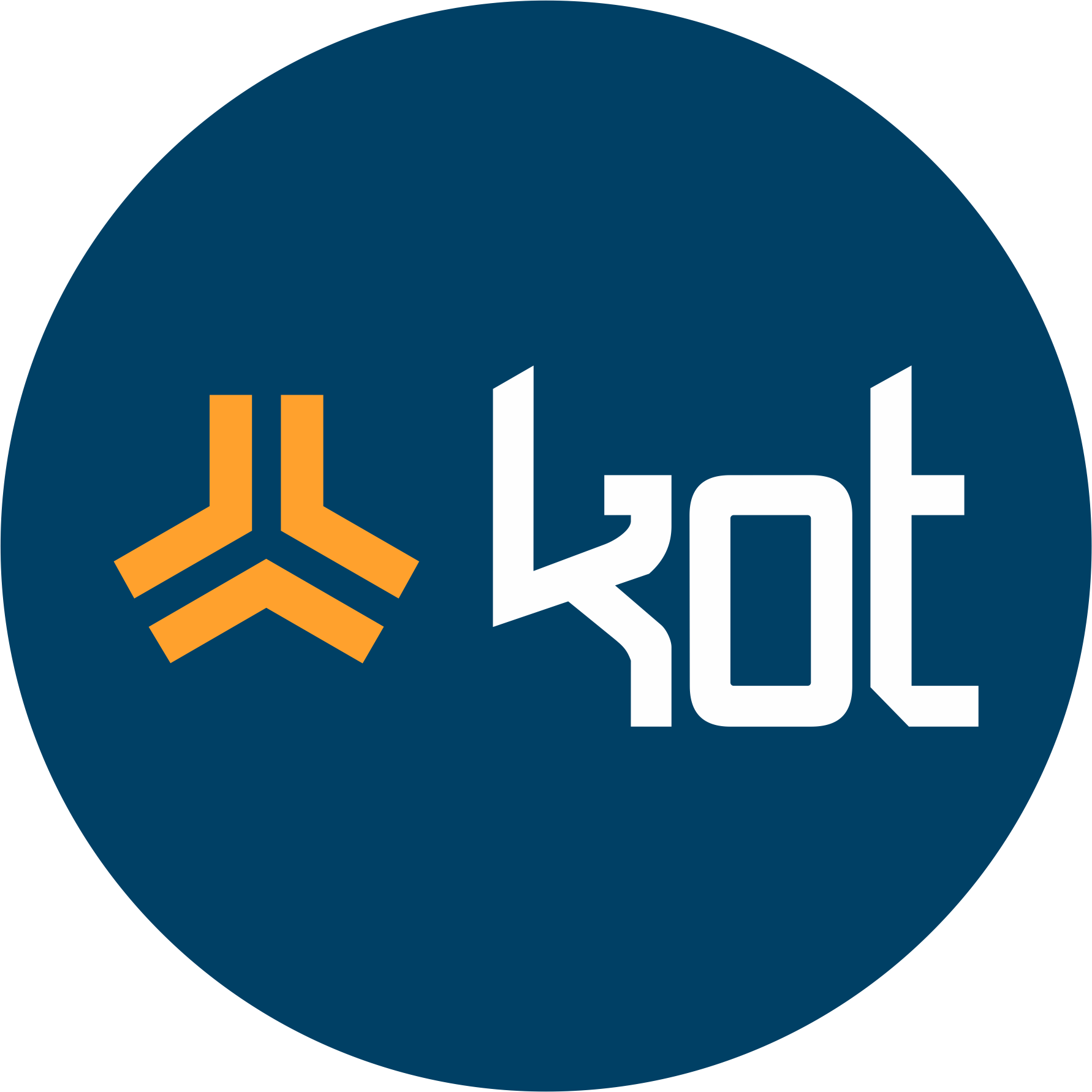
KOT Engenharia’s Team
With over 29 years of history and various services provided with excellence in the international market, the company promotes the integrity of its clients’ assets and collaborates in solutions to engineering challenges. For this integrity, it uses tools for calculation, inspection, instrumentation and monitoring of structures and equipment.
References:
[1] ASSOCIAÇÃO BRASILEIRA DE NORMAS TÉCNICAS (ABNT). NBR 13743:1996. Roteiro de inspeção para transportadores contínuos em operação – Transportadores de correia. Rio de Janeiro.
[2] ASSOCIAÇÃO BRASILEIRA DE NORMAS TÉCNICAS (ABNT). NBR 13742:2009. Transportadores contínuos – Transportadores de correia – Procedimentos de segurança. Rio de Janeiro.
[3] ASSOCIAÇÃO BRASILEIRA DE NORMAS TÉCNICAS (ABNT). NBR 13862:2017. Transportadores contínuos — Transportadores de correia — Requisitos de segurança para projeto. Rio de Janeiro.
[4] CEMA (CONVEYOR EQUIPMENT MANUFACTURERS ASSOCIATION). TR 2015 – 01 – Recommended CEMA Risk Assessment Process, 2015.
[5] FERREIRA, AENDER LUCIO BARBOSA – METODOLOGIA PARA AVALIAÇÃO DE RISCO EM EQUIPAMENTOS DE MINERAÇÃO APLICADOS A TRANSPORTADORES DE CORREIA
[6] ISO. ISO 31000: 2009. Risk management–Principles and guidelines. International Organization for Standardization, 2009.
[7] JOY, Jim; GRIFFITHS, Derek. National Minerals Industry Safety and Health Risk Assessment Guideline, Minerals Industry Safety and Health Centre (MISHC), University of Queensland, Australia, 2005.
[8] JOY, J. Occupational safety risk management in Australian mining. Occupational medicine, v. 54, n. 5, p. 311-315, 2004.
[9] MAQOHSC (MINING AND QUARRYING OCCUPATIONAL HEALTH AND SAFETY COMMITTEE). MAQFRM-001 – Conveyor Safety Inspection Checklist, 2015.
[10] MINISTÉRIO DO TRABALHO E EMPREGO. Norma Regulamentadora nº 12- Segurança no Trabalho em Máquinas e Equipamentos. Portaria da Secretaria de Inspeção do Trabalho – SIT – Nº 233 DE 09.06.2011.
[11] MINISTÉRIO DO TRABALHO E EMPREGO. Norma Regulamentadora nº 22- Segurança e Saúde Ocupacional na Mineração. Portaria da Secretaria de Inspeção do Trabalho – SIT – Nº 202 DE 26.01.2011.

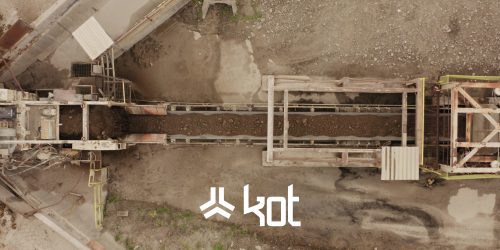
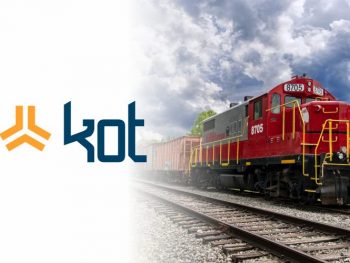

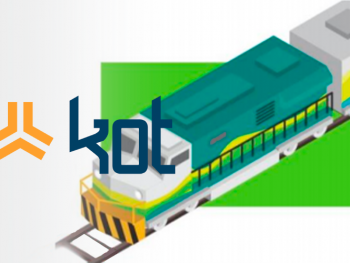
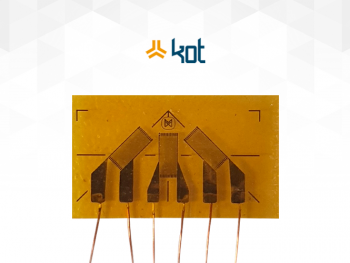
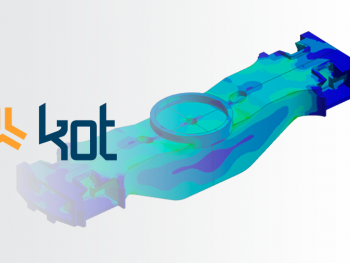
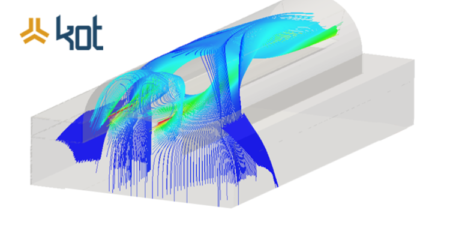
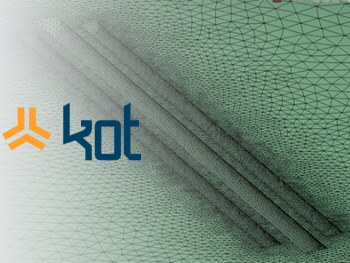
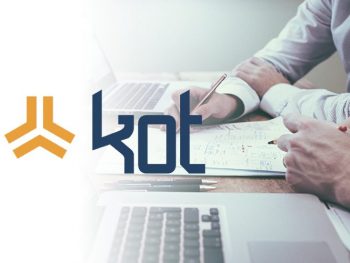
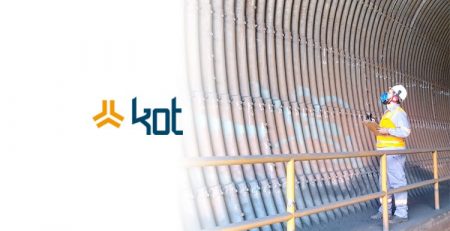
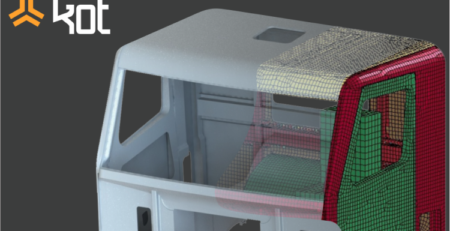
Leave a Reply